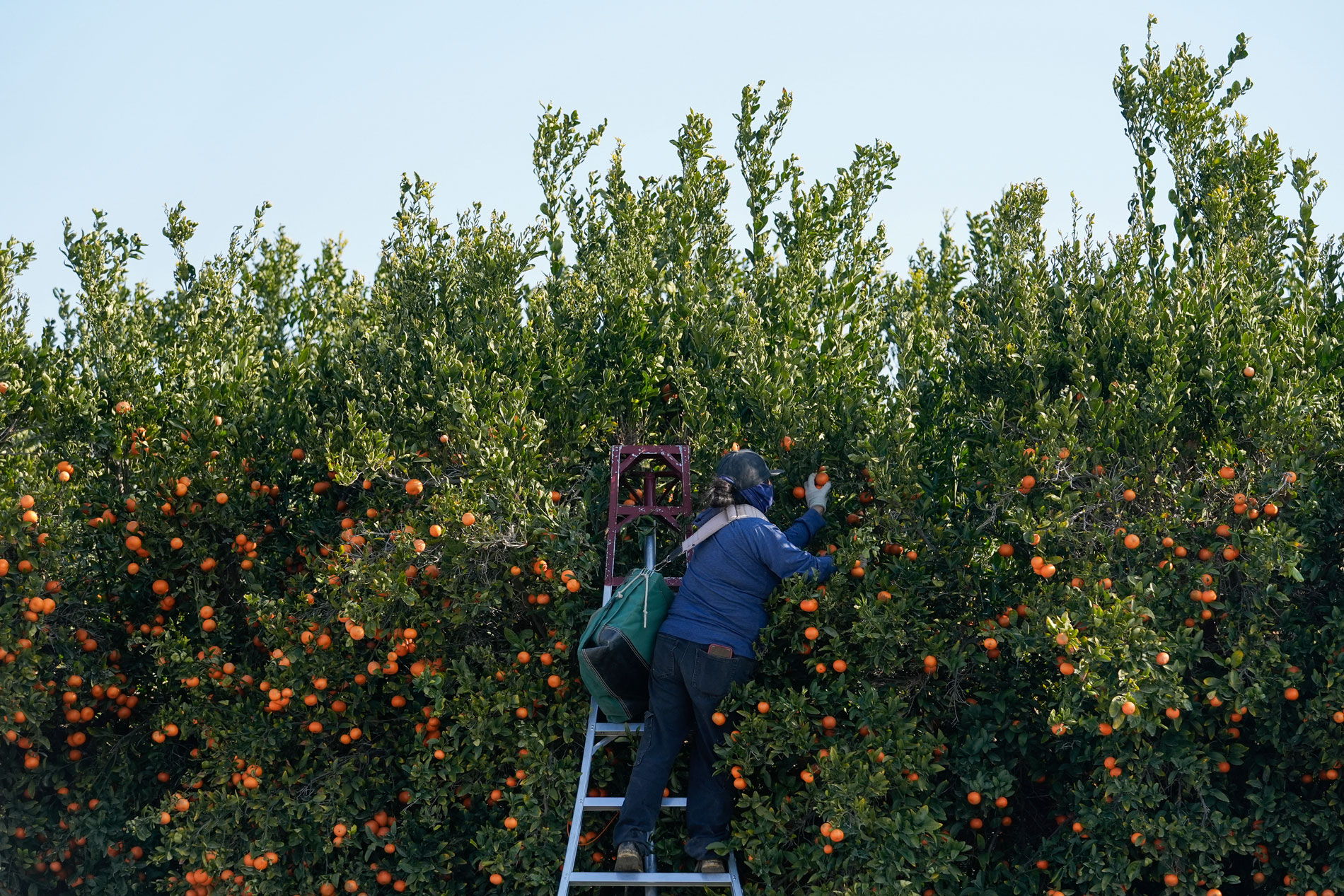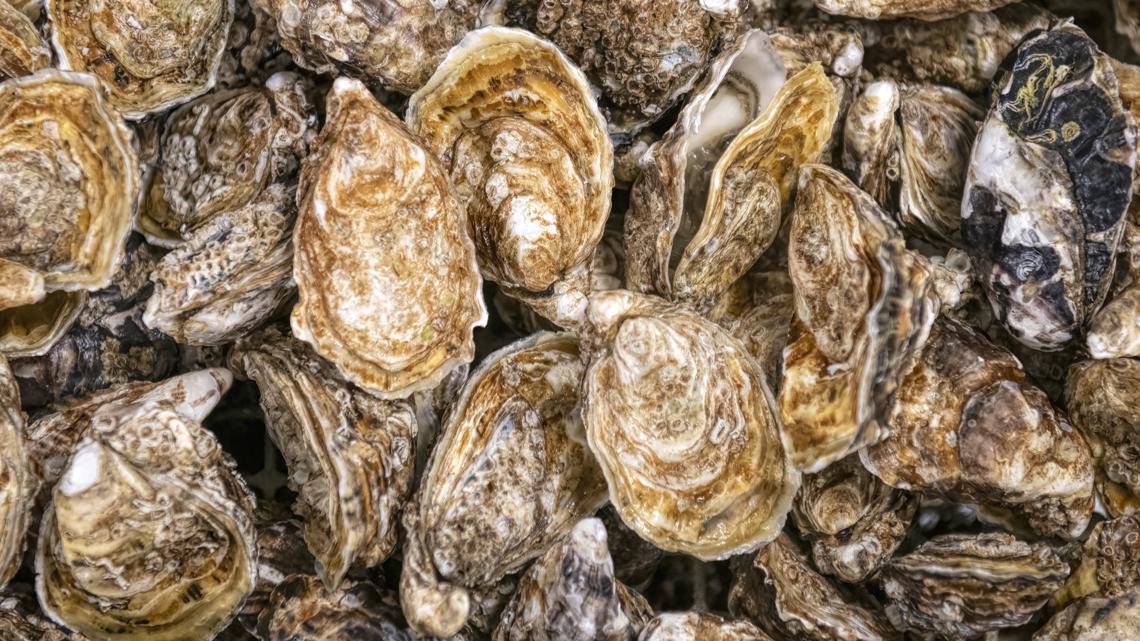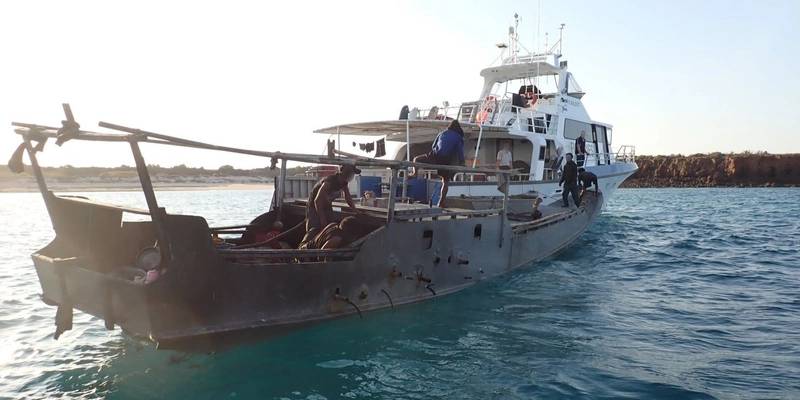Arctic birders combat impact of climate change and avian flu on delicate ecosystem – ABC News

Report on the Ecological Crisis Facing Seabird Populations in Vardø, Norway
Introduction: A Challenge to Sustainable Development Goals
In the Arctic region of Vardø, Norway, a severe decline in seabird populations presents a critical challenge to several United Nations Sustainable Development Goals (SDGs), particularly SDG 14 (Life Below Water), SDG 15 (Life on Land), and SDG 13 (Climate Action). The kittiwake, a small seagull species, has seen its population decrease by 80% since the 1990s, signaling a significant disruption in the coastal ecosystem.
Analysis of Threats and Environmental Impacts
Multifaceted Threats to Marine and Coastal Ecosystems
The decline of seabirds in the Barents Sea region is attributed to a combination of interconnected factors that undermine environmental stability.
- Climate Change: Alterations in ocean currents and temperatures disrupt the marine food web.
- Predation: Reduced populations become more vulnerable to predators like white-tailed eagles.
- Human Activity: Local fisheries and boat traffic near nesting colonies cause significant disturbance.
- Disease: A major outbreak of bird flu in 2023 killed approximately 25,000 kittiwakes, highlighting a threat to SDG 3 (Good Health and Well-being).
Climate Change and its Impact on SDG 14 (Life Below Water)
The primary driver of the ecological imbalance is climate change, which directly contravenes the objectives of SDG 13 (Climate Action). The Gulf Stream is bringing excessively warm water into the Barents Sea, altering the marine biome.
- Fish species requiring colder water, such as capelin, are forced to migrate further north or into deeper waters.
- Capelin are a primary food source for surface-feeding seabirds like kittiwakes.
- The inaccessibility of this food source directly impacts the breeding success of seabirds, creating what one local guide described as a “frightening domino effect.”
Socio-Economic Consequences and Community Response
Economic Vulnerability and SDG 8 (Decent Work and Economic Growth)
The town of Vardø’s economy is intrinsically linked to its unique wildlife. The nearby Hornøya Island, a birdwatching destination, attracts thousands of tourists annually. The decline in bird populations, including puffins and common guillemots, poses a direct threat to SDG 8 by jeopardizing the livelihoods dependent on ecotourism, from local restaurants to tour operators.
Community Innovation and SDG 11 (Sustainable Cities and Communities)
In response to the crisis, the community has demonstrated innovative problem-solving that aligns with SDG 11. Local fisherman Jan Vidar Hansen constructed a “seagull hotel” to provide safe nesting areas for kittiwakes. This initiative successfully mitigates human-wildlife conflict by reducing the nuisance of nests and droppings in urban areas while supporting the vulnerable bird population.
- Year 1: 55 nests
- Year 2: 74 nests
- Year 3: 76 nests
This project is one of seven such hotels along the Norwegian coast, representing a grassroots effort to foster sustainable coexistence.
Conclusion and Recommendations for Action
The Urgent Need for Proactive Conservation Measures
The decline of seabirds is a critical indicator of the health of the entire coastal ecosystem. Their droppings provide essential nutrients to the sea, making their preservation vital for achieving SDG 14 and SDG 15. Researchers emphasize the need to shift from passive monitoring to active intervention.
Policy Recommendations
To address the crisis effectively, immediate and decisive action is required. According to researchers, potential measures include:
- Limiting or prohibiting fishing activities near critical nesting colonies.
- Restricting boat traffic in sensitive marine areas to reduce disturbance.
As stated by Tone Kristin Reiertsen of the Norwegian Institute for Nature Research, “We don’t have much time. We have to act quickly.” Failure to do so will result in irreversible damage to a unique global ecosystem and undermine local and international commitments to sustainable development.
1. Which SDGs are addressed or connected to the issues highlighted in the article?
-
SDG 8: Decent Work and Economic Growth
The article highlights the economic dependence of the town of Vardø on birding tourism. The decline in seabird populations poses a direct threat to local businesses, including restaurants, gas stations, and shops, which rely on the influx of tourists.
-
SDG 11: Sustainable Cities and Communities
The article discusses the interaction between the human population of Vardø and the kittiwakes. The creation of the “seagull hotel” is presented as a solution to manage the nuisance of droppings and nests in the town, while also protecting the birds, which are described as part of the town’s natural heritage and identity.
-
SDG 13: Climate Action
Climate change is identified as a primary driver of the challenges facing seabirds. The article explicitly states that the Gulf Stream is “affected by climate change and is now bringing water that is too warm into the Barents Sea,” which disrupts the food chain and forces fish, the birds’ primary food source, to move.
-
SDG 14: Life Below Water
The core theme of the article is the health of the marine and coastal ecosystem in the Barents Sea. It details the impact of warmer waters on fish species like capelin, the effects of local fisheries on bird colonies, and the overall health of the marine food web that supports seabirds.
-
SDG 15: Life on Land
This goal is relevant as the article focuses on the dramatic decline of a specific species, the kittiwake, and other seabirds that nest on coastal cliffs and islands. It addresses the loss of biodiversity, the threat of extinction for local populations, and the need for direct action to protect threatened species and their habitats.
2. What specific targets under those SDGs can be identified based on the article’s content?
-
SDG 8: Decent Work and Economic Growth
- Target 8.9: By 2030, devise and implement policies to promote sustainable tourism that creates jobs and promotes local culture and products. The article emphasizes that Vardø’s economy is “depending on the tourists to come and visit,” linking the survival of local businesses directly to the health of the bird colonies that attract these tourists.
-
SDG 11: Sustainable Cities and Communities
- Target 11.4: Strengthen efforts to protect and safeguard the world’s cultural and natural heritage. The seabirds are described as “an important part of the identity of Vardø,” and the local museum has an exhibition dedicated to them, establishing them as part of the town’s natural and cultural heritage that drives tourism.
-
SDG 13: Climate Action
- Target 13.1: Strengthen resilience and adaptive capacity to climate-related hazards and natural disasters in all countries. The article describes the “frightening domino effect” of climate change on the local ecosystem, from warming waters to changing fish migration, illustrating a climate-related hazard impacting a community and its environment.
-
SDG 14: Life Below Water
- Target 14.2: By 2020, sustainably manage and protect marine and coastal ecosystems to avoid significant adverse impacts, including by strengthening their resilience, and take action for their restoration in order to achieve healthy and productive oceans. The article discusses the need to protect the coastal ecosystem from threats like disruptive fisheries and proposes actions like the “seagull hotel” to help restore the kittiwake population.
- Target 14.4: By 2020, effectively regulate harvesting and end overfishing… The article suggests that “limiting or prohibiting fisheries and boat traffic near nesting colonies” could be a necessary action to protect the seabirds.
-
SDG 15: Life on Land
- Target 15.5: Take urgent and significant action to reduce the degradation of natural habitats, halt the loss of biodiversity and, by 2020, protect and prevent the extinction of threatened species. The article’s central theme is the urgent need to address the 80% decline in the kittiwake population and the disappearance of common guillemot chicks, which are clear examples of biodiversity loss and threatened species requiring protection.
3. Are there any indicators mentioned or implied in the article that can be used to measure progress towards the identified targets?
-
For Target 15.5 (Protect threatened species):
- Population decline rate: “The population of kittiwakes has decreased by 80% since the 1990s.” This serves as a baseline indicator of biodiversity loss.
- Mortality from disease: “In 2023, a large outbreak killed some 25,000 kittiwakes.” This is a specific indicator of threats to the species.
- Breeding success rate: “There haven’t been any recorded common guillemot chicks there since 2018.” The number of chicks successfully fledged is a key indicator of a species’ health.
- Success of conservation infrastructure: The number of nests in the seagull hotel grew from “55 nests” in the first year to “76” in the third year, indicating the effectiveness of the intervention.
- Local population recovery: The kittiwake population nesting in the town of Vardø increased from “roughly 300” to “roughly 1,300,” indicating a localized recovery.
-
For Target 14.2 (Protect coastal ecosystems):
- Number of conservation initiatives: The article mentions that the Vardø hotel is “one of seven such kittiwake hotels along the Norwegian coast,” which can be used as an indicator of the scale of conservation efforts.
-
For Target 8.9 (Promote sustainable tourism):
- Tourist volume: The article states that “Thousands of visitors flock to the uninhabited Hornøya,” which is a qualitative indicator of the level of tourism.
- Economic dependency on tourism: The statement that “Every small business in the town, it’s depending on the tourists” implies that the revenue and viability of these businesses could be used as an indicator for the success of sustainable tourism.
4. Table of SDGs, Targets, and Indicators
| SDGs | Targets | Indicators |
|---|---|---|
| SDG 15: Life on Land | 15.5: Take urgent and significant action to reduce the degradation of natural habitats, halt the loss of biodiversity and… protect and prevent the extinction of threatened species. |
|
| SDG 14: Life Below Water | 14.2: Sustainably manage and protect marine and coastal ecosystems to avoid significant adverse impacts… and take action for their restoration. |
|
| SDG 8: Decent Work and Economic Growth | 8.9: Devise and implement policies to promote sustainable tourism that creates jobs and promotes local culture and products. |
|
| SDG 11: Sustainable Cities and Communities | 11.4: Strengthen efforts to protect and safeguard the world’s cultural and natural heritage. |
|
| SDG 13: Climate Action | 13.1: Strengthen resilience and adaptive capacity to climate-related hazards and natural disasters. |
|
Source: abcnews.go.com

What is Your Reaction?
 Like
0
Like
0
 Dislike
0
Dislike
0
 Love
0
Love
0
 Funny
0
Funny
0
 Angry
0
Angry
0
 Sad
0
Sad
0
 Wow
0
Wow
0












































































